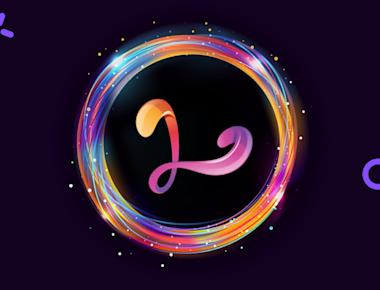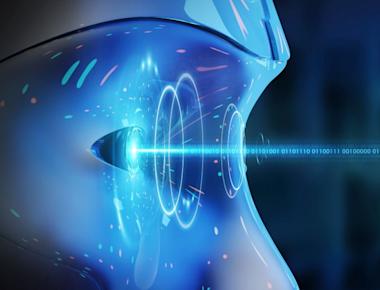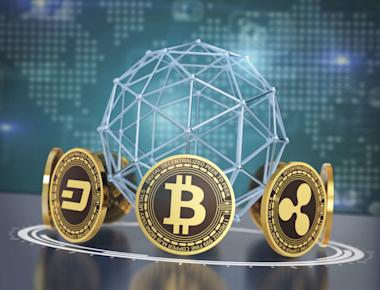

Countries all over the world spend billions of their GDP on healthcare, aiming to better population health outcomes and ensure the longevity of their people. However, healthcare spending can often be wasteful as inefficient processes and out-of-date infrastructure keep unnecessary costs high. And this is where blockchain can come into play.
So, what exactly is a blockchain? Well, blockchain is a shared immutable record of information, composed of blocks that are linked together by decentralized nodes and secured by cryptographic keys. Most people are familiar with blockchain in its applications for virtual currencies; however, it can also be applied to industries such as healthcare.
Moving on, some of the benefits that arise from blockchain is its increased security as cryptographic keys are required to access information contained within it. Additionally, the decentralized nature of blockchain allows for a reprieve from government oversight. Furthermore, when using blockchain, one cannot alter a published ledger which reduces the possibility of malfeasance.
In healthcare, blockchain has the potential to be completely transformative. First, blockchain can facilitate research ventures. The most prominent use of blockchain in healthcare is the storing of electronic health records. Through the use of blockchain, researchers can obtain patient data at a much quicker rate, and there is a lower risk of patient health information getting exposed to the public. Blockchain also allows for researchers to remove personally identifiable information (PHI) from the records, which enables them to preserve the privacy of their participants. The greater accessibility of a mass amount of data at the fingertips of researchers could significantly accelerate clinical research and allow for more accurate research studies. Additionally, blockchain engenders greater interoperability as health records stored on them could easily be accessed by multiple levels of healthcare. For example, if someone injures their rotator cuff and goes to their primary care provider and then is referred for surgery to a surgeon and then is sent to a physical therapy center, they are going through a myriad of different providers. The utilization of blockchain allows all levels of healthcare to communicate with each other better. Furthermore, the various stakeholders in the rotator cuff scenario can access the patient data in the blockchain whenever needed. Lastly, the use of blockchain allows for remote monitoring, like a blood sugar monitor, as real-time data can be inputted into the blockchain which allows healthcare providers to view the data securely, quickly, and efficiently.
What it all boils down to is simply the security, interoperability, and accessibility that blockchain enhances through its applications in healthcare. Blockchain engenders a stronger network between healthcare providers, insurance, and patients. The healthcare industry is simply hindered by the centralized, archaic tools used today, and blockchain offers the healthcare industry a way out into the future.
Subscribe to our newsletter!
Quick Links
Legal Stuff







